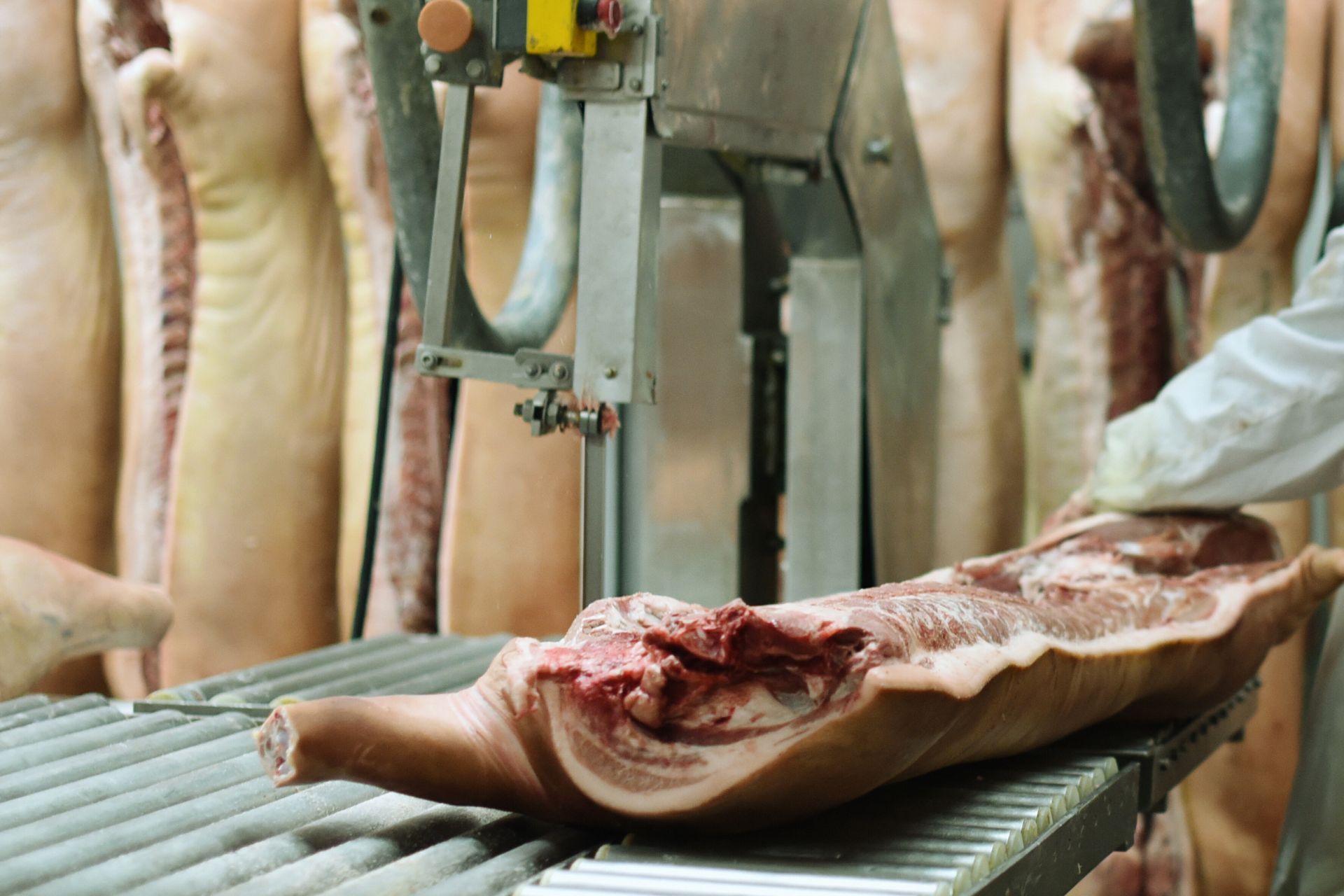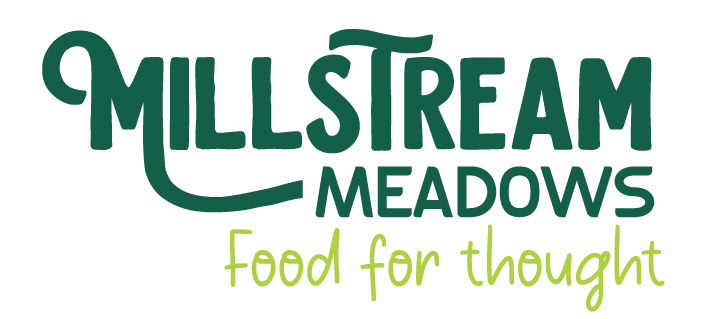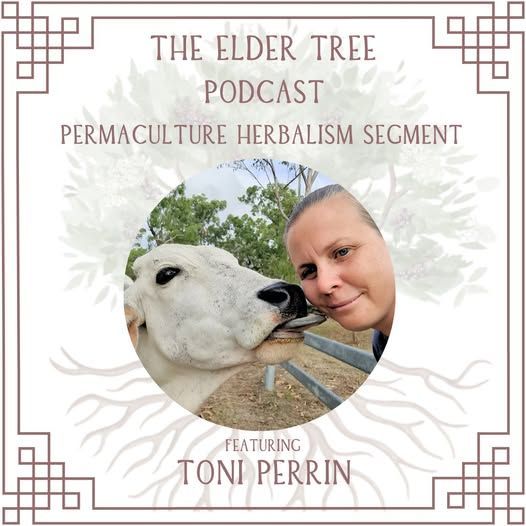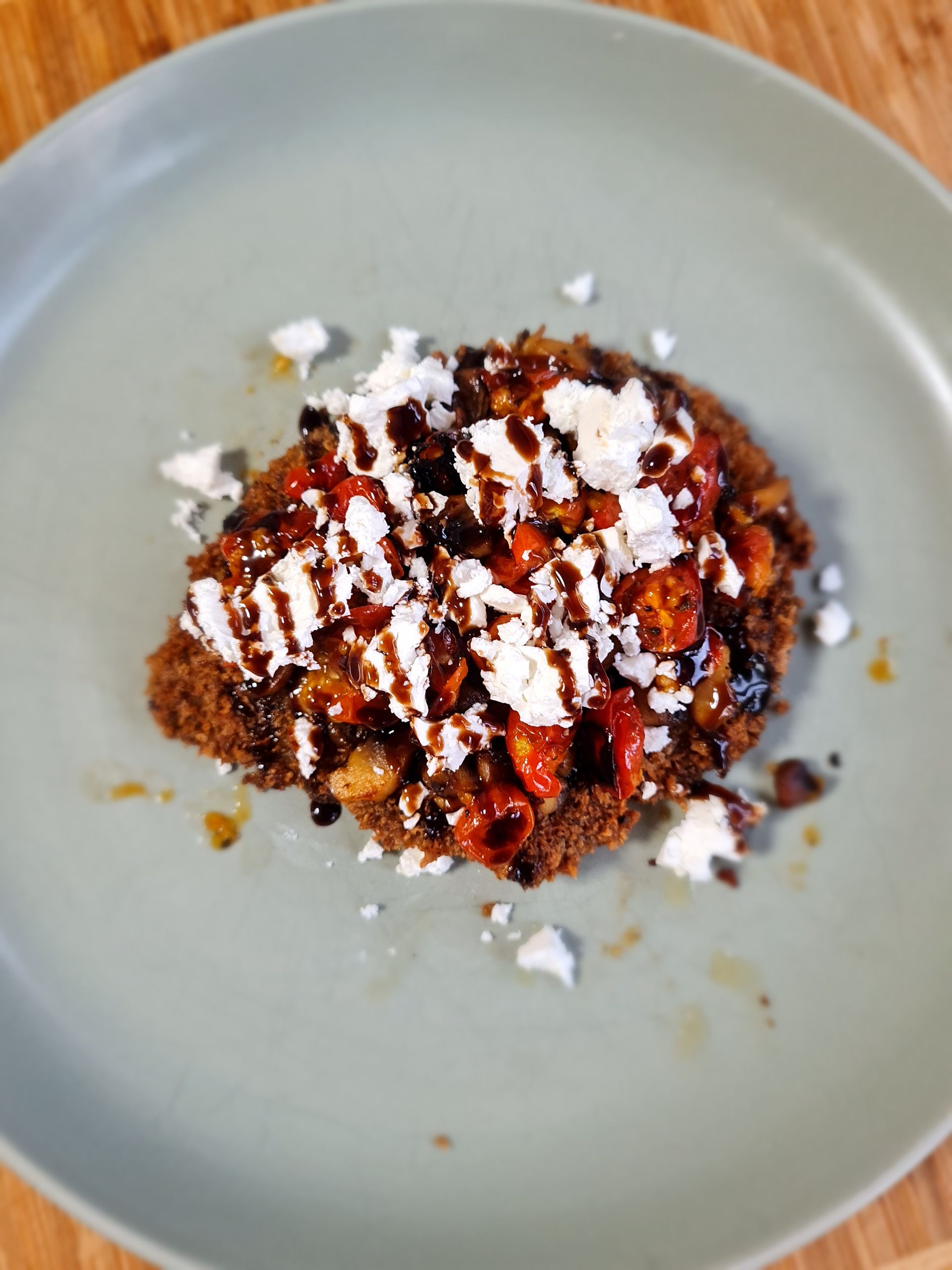Grass fed vs Grain fed Beef
Beef is beef right? What’s the difference between grass fed and grain fed? Why would you choose one over the other?
If you are new to all this or simply want to understand a little more about grass fed vs grain fed beef then hopefully this article will shine a bit of light on the topic for you.
Defining the terms
When it comes to beef, you will often see grass fed or grass fed grass finished being mentioned. To be clear, all cattle in Australia are grass fed to some extent but it’s the diet that the cattle receive in the lead up to slaughter that makes the difference.
Up to 40% of Australian cattle are finished in feed lots on a diet of grain. The remainder are finished on pasture eating grass up until the day they are taken to the abbatoir for processing – that is what we mean when we say grass finished.
The natural way of cattle
Cattle in the wild are grazing migratory herds that wander the plains in search of fresh, grasses and legumes, now compare that with a feedlot which is designed to fit as many cattle in as possible and keep the animals from moving too much as that burns calories preventing weight gain.
These feedlots are devoid of anything green and the manure build up makes them smelly and unpleasant. There are around 400 accredited feedlots in Australia – most of which are in Queensland and New South Wales. The largest feedlot in Australia holds more than 70,000 head of cattle at any one time.
Grass finished cattle live their whole lives on pasture and those of us who practice rotational grazing see firsthand the excitement of a herd moving onto fresh grass when they run to their new paddock sometimes even doing a few leaps and kicks along the way to celebrate!
Health of the cattle
Due to manure build up, large amounts of grain intake, and so many animals in one space, feedlots will often use antibiotics as prevention for illness. A 2022 Monash University study found that 55% of beef samples from supermarkets showed bacteria that had a resistance to antibiotics and could be a contributing factor in the rise of superbugs.
When cattle consume large amounts of grain, it throws out the balance of their rumen (the first stomach which uses bacteria to start breaking down food) or their microbiome. This can result in acidosis or grain poisoning. If they are unable to release the gasses in their gut, the cattle can suffer with bloat.
On top of that, the crowded, stressful environment of factory farming feedlots can create respiratory diseases, heat exhaustion, foot rot, parasite overload, viral and bacterial infections, and more. Much of this is managed with the antibiotics and vaccinations and yet still up to 5% of cattle that enter the feedlots die before they are fattened up ready for the abbatoir.
What about the meat?
There is quite a difference between grass fed and grain fed beef – we are what we eat after all!
Flavour
Grass fed grass finished beef contains higher levels of Omega-3 fatty acids which gives it a stronger “beefy” flavour whereas grain fed beef is often a milder flavour.
Texture
If you have ever bought a piece of beef and cooked it like you normally do only to find the meat was tough and chewy, the odds are that you may have ended up with grass fed beef. Grain fed beef is much fattier than grass fed and as such, those fats melt during cooking creating a juicy, tender steak.
That doesn’t mean that you can’t have a tender, juicy steak from grass fed cattle – it simply means you need to approach your cooking slightly differently. The best way to approach cooking a grass fed steak is to start by searing the steak on a high heat with a fat/oil of your choice and then turning the temperature down to allow it to come up to your desired internal temperature more slowly. Trust me – once you master this technique, you’ll have delicious, juicy steak every time!
Nutrition
If you want more nutrients for your calorie intake, you can’t go past grass fed beef. Because the cattle have had a healthy diet themselves, they retain more nutrients in the meat. Grass fed beef is higher in Omega-3 fatty acids, vitamins A, E and B12, antioxidants, zinc, iron, selenium, beta carotene, glutathione, and conjugated linoleic acid (CLA). It’s also lower in calories than grain fed beef.
Fat
You may find that the fat on your grass fed beef looks a bit different too. Grass fed beef has more carotenoids that are absorbed from the grasses the cattle eat which causes the fat to have a more yellow appearance whereas grain fed beef fat is a bright white colour. If you try a dairy breed of cattle as beef, you will likely find that the fat is even more yellow than grass fed beef cattle.
How to know what you are buying
Unfortunately, in Australia, it is not a legal requirement to declare what the animal has been fed before it goes to slaughter. In fact, most farmers send their cattle to the large meatworks operations regardless of how they choose to raise them. That means not only are they not separated, but the farmer has no idea whether his/her beef has ended up on a shelf in an Aussie supermarket or inside a McDonalds hamburger in Florida.
The only way to really know what you are buying is to buy meat that is clearly marked as grass fed grass finished beef. The downside is that when it comes to supermarkets and many butchers, there’s still no transparency around whether your beef had received hormones, antibiotics, vaccinations etc.
That is unless you are buying from someone like us here at Millstream Meadows. We believe in total transparency and make it clear any and all treatments etc that the animals have received. We only sell grass fed grass finished beef and do our best to source those with minimal chemical treatments.
You are what you eat
If you went to the doctor with high cholesterol, the doctor is likely going to tell you to eat a healthy diet full of leafy greens and may even suggest getting plenty of exercise outside in the fresh air and sunshine.
Cattle are no different – they need leafy greens, fresh air and sunshine to thrive too. Feedlot cattle fed on grain might get sunshine but they certainly aren’t getting fresh air due to overcrowding and they most certainly aren’t getting any leafy greens so is it any wonder that grain fed beef is higher in cholesterol? If you then eat that grain fed beef that it is likely to affect your own cholesterol levels negatively.
Besides, wouldn’t you rather eat an animal that had a happy life with minimal stress?
The final takeaway
Regardless on your stance around the ethics, there is no denying that grass fed grass finished beef is healthier for you and if you ask our customers, they will tell you that it’s tastier too. But don’t take our word for it – why not try it for yourself?
You can join our VIP list here to be among the first to know when our order rounds open or alternatively, wait for an order to open to the public.
At Millstream Meadows, we value education and love to talk about this kind of thing so if you have further questions, please feel free to
get in touch and ask away!
Share with a friend
Here's some more you might like...







